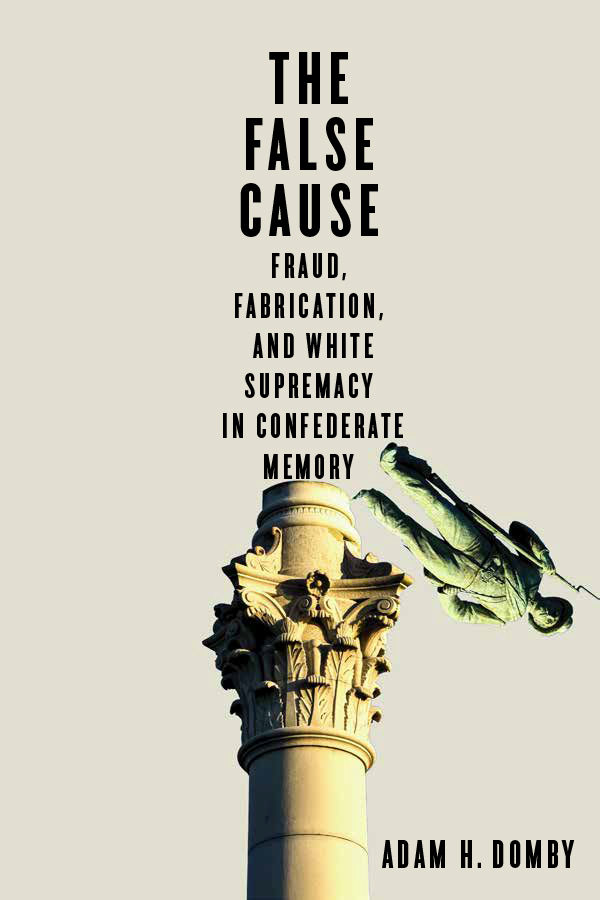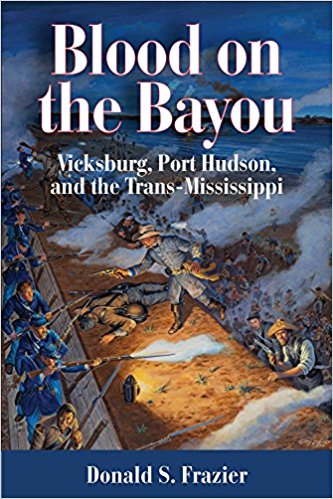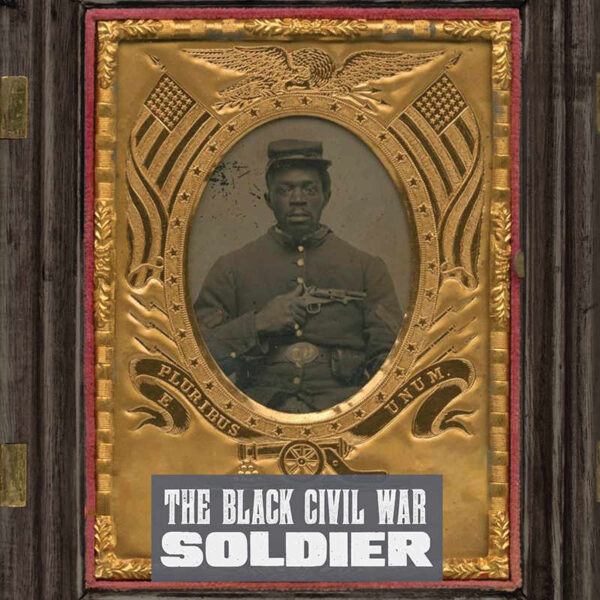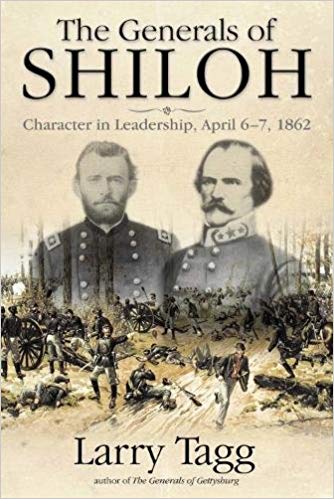Historians have long understood that the Lost Cause, the memory of the Civil War nurtured by white Southerners, rests on a loose reading of the historical record. The Lost Cause offered a decidedly pro-Confederate narrative of the conflict and, as a result, produced a memory we might call selective at best—it privileged certain elements of Southern history, while others were skirted or conveniently forgotten. “But in addition to lies of omission,” historian Adam H. Domby tells us, “outright fraud and the creation of events and people out of thin air played a role in the formation of the Lost Cause” (8).
In The False Cause, Domby not only debunks the lies at the heart of the Lost Cause, but also exposes their intent. He maintains that there were three principle falsehoods former Confederates and their apologists told and retold in order to bolster white supremacy in the South. First, they obscured the importance of slavery to the war and repeated their antebellum claims that it was a benevolent institution. Second, they deliberately exaggerated the war record of the Confederate army and its soldiers. Finally, they manufactured a myth of universal support for the Confederacy among Southerners—not only among whites, but among supposedly “loyal” African Americans as well. While some of the fabrications that figured into the Lost Cause seem ultimately insignificant—as when, for example, Confederate enlisted man Julian Carr received recognition as a battle-hardened “general”—they nevertheless perpetuated what Domby calls “the biggest lie of all: that whites were a superior race” (10).
Domby disentangles this expansive network of untruths through an examination of monuments, histories, and pension records, drawing largely on examples from North Carolina. Beginning his study in the 1890s, Domby argues that the construction of Confederate monuments, like the “Silent Sam” monument at the University of North Carolina at Chapel Hill, created an impression that white Southerners shared a commitment to the Confederacy. Confederate apologists in North Carolina also exaggerated troop enrollments and boasted that their soldiers charged “farthest at Gettysburg” and surrendered “last at Appomattox.” Such assertions portrayed white Southerners as uniquely heroic, racially superior, and unswervingly devoted to the Confederacy. Democrats channeled these beliefs into support for Jim Crow policies.
In the most compelling section of the book, Domby considers how the widespread practice of pension fraud helped propagate the Lost Cause. According to Domby, “pensions served as a form of welfare, a tool for political power, and a crafter of memory” (78). In Domby’s telling, pension boards rarely investigated applicants’ service records and, as a result, regularly granted benefits to dissidents and deserters. The loyalty of pensioners, however, seemed beyond reproach, and veterans enjoyed not only the monetary rewards conferred on them, but the social cachet veteran status conveyed as well.
The final and most pernicious Lost Cause myth Domby interrogates is that of the black Confederate. According to Domby, this myth arose in part from the extension of “Class B” pensions to free and enslaved African Americans who performed service during the war. Domby stresses that African Americans had their own reasons for pursuing these pensions, but for white Southerners, they amounted to evidence of the faithfulness of “happy” slaves—obliterating the memory of slave resistance. Domby is particularly adamant on one point related to “Class B” pensions: these were not granted for service as combatants. Indeed, Domby says, the idea that there were black men in the Confederate army is a modern fabrication—one that Confederate veterans themselves resoundingly refuted.
Central to Domby’s argument in chapters three and four of The False Cause is his claim that pensions imbued Confederate veterans with respectability. He states that veterans were perceived as “noble and honest” and portrays “pensioners as model citizens” (94, 103). This seems a departure, however, from what historians have established about the relationship between Union veterans and the federal pension system in the late nineteenth century. Scholars like Heather Cox Richardson and Brian Matthew Jordan have pointed out that Americans mistrusted the power Union veterans wielded and suspected them of pressuring politicians for pension legislation in a mercenary bid for financial gain. Recently, Sarah Handley-Cousins has argued that when Union veterans sought welfare on the basis of disability, they incurred skepticism about their manhood and “were just as likely to be . . . distrusted as they were to be honored.”1 While Domby’s work focuses on a slightly later period and on Confederate pensions, it seems likely that the political and gendered values that brought disdain on Union pensioners transcended section. If Confederate pensions, as Domby posits, enhanced the status of veterans and reaffirmed white supremacy, greater attention to masculinity and ableism would have further enriched his incisive analysis of pension fraud.
A thoroughly engaging read, The False Cause exposes the outrageous falsehoods that underpinned the Lost Cause. Take, for example, the story of North Carolinian Daniel Eaker, who misconstrued his stint as a prisoner of war to obtain a Confederate pension and conceal the fact that he attempted to defect to the Union army after his capture. If The False Cause was about no more than the lies men like Eaker told, it would still be an entertaining read. But Domby’s work has greater significance. He challenges his readers to consider the ways in which “the past has been weaponized,” insisting that the deceits he has uncovered are far from harmless and actually serve to extend the influence of white supremacy (158). In particular, Domby pleads with his fellow historians to undo these fabrications through careful research and public engagement. With The False Cause, Domby puts himself on the front lines of this effort.
Amy Laurel Fluker is Assistant Professor of History at Youngstown State University and the author of Commonwealth of Compromise: Civil War Commemoration in Missouri (2020).





